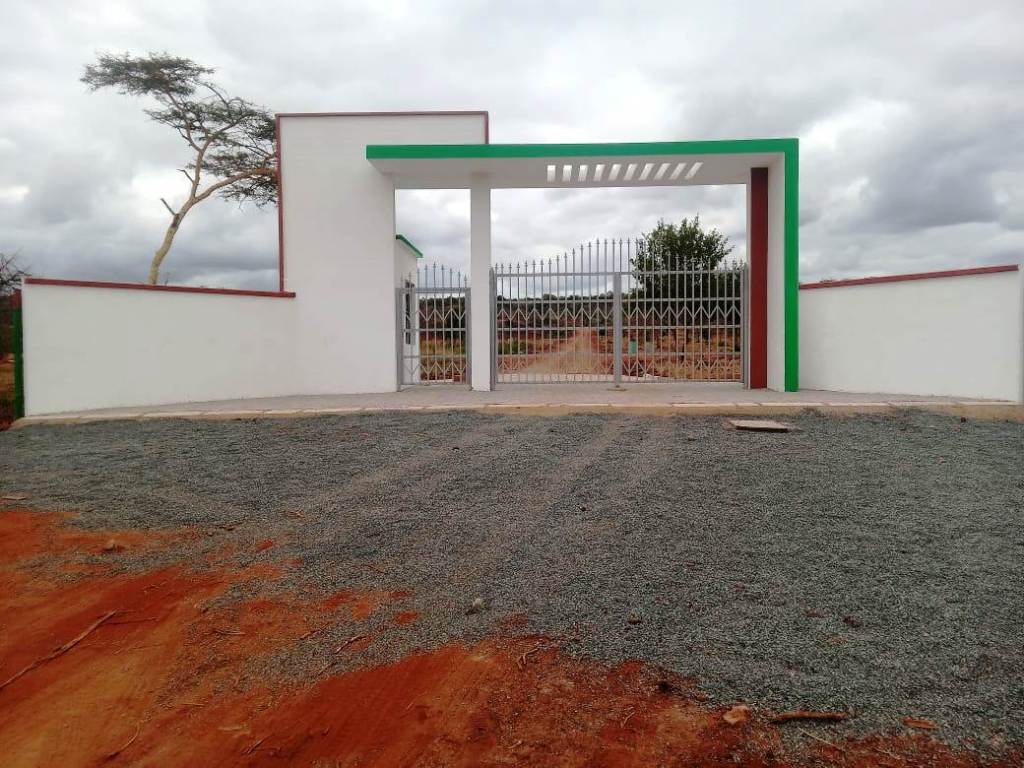
Nestled in the heart of Kenya’s picturesque Ngong region lies the enchanting village of Kimuka, a rural gem that offers a unique blend of natural beauty, cultural richness, and a glimpse into traditional Kenyan life. As urbanization continues to sweep across Kenya, Kimuka stands as a testament to the enduring beauty of rural life. However, this area has recently seen a lot of growth in settlements with companies like Optiven and Username Properties selling plots of land in gated community development in the area.

A Scenic Paradise
Kimuka’s lush landscapes paint a vivid picture of tranquility and serenity. The village is surrounded by rolling hills covered in vibrant green vegetation and dotted with acacia trees. These hills provide a breathtaking backdrop to the daily lives of the villagers, making Kimuka a photographer’s dream.
One of the most iconic sights in Kimuka is the Ngong Hills, which majestically loom in the background. These hills, famously depicted in Karen Blixen’s memoir “Out of Africa,” offer an enchanting view of the Great Rift Valley and Nairobi in the distance. Visitors often hike to the viewpoints to catch a glimpse of the sunset, casting an ethereal glow over the landscape.
Cultural Richness
Beyond its natural beauty, Kimuka boasts a rich and vibrant culture. The Maasai community predominantly inhabits this village, and their traditions are deeply ingrained in daily life. Visitors have the opportunity to immerse themselves in Maasai culture by participating in traditional dances, learning about their intricate beadwork, and even staying in traditional Maasai huts known as “Manyattas.”
One of Kimuka’s most celebrated events is the annual Maasai Mara Cultural Festival, where visitors are treated to a spectacular showcase of Maasai customs, ceremonies, and folklore. It’s a colorful celebration of heritage that bridges the gap between tradition and modernity.
Sustainable Farming and Livelihoods
Agriculture plays a vital role in the lives of Kimuka’s residents. The fertile soil of the region allows for the cultivation of a variety of crops, including maize, beans, and potatoes. The villagers also rear livestock, with cattle and goats being particularly significant to the Maasai way of life.
In recent years, Kimuka has gained recognition for its commitment to sustainable farming practices. Many farmers have embraced organic farming techniques, reducing the use of chemicals and promoting crop rotation. This not only ensures food security but also helps preserve the natural beauty of the area.
Challenges and Opportunities
While Kimuka’s charm is undeniable, it is not without its challenges. Access to quality healthcare, education, and infrastructure remains a concern for many villagers. However, there is a growing sense of community empowerment and a determination to address these issues through local initiatives and government support.
The potential for eco-tourism also presents an opportunity for Kimuka to generate income and improve the lives of its residents. Sustainable tourism practices can preserve the village’s unique environment while providing economic benefits to the community. Shams Eco Camp, is a good example of an eco-tourist destination in Kimuka that’s providing economic benefits to Kimuka dwellers.

Kimuka in Ngong is a shining example of the harmonious coexistence of nature and culture in Kenya’s rural landscape. This hidden gem welcomes visitors to experience the beauty of rural life with a touch of modern lifestyle, immerse themselves in Maasai traditions, and explore sustainable farming practices.















